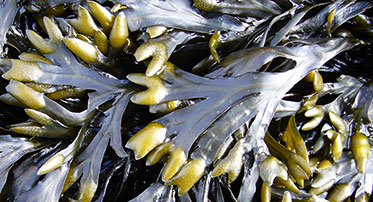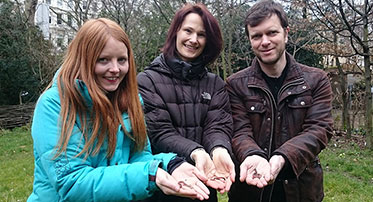
At a glance
Help us track changes in Britain's bluebells.
Type of activity: Outdoors
When? Spring 2006 to summer 2015
Participants learnt to identify the UK's native and non-native species of bluebell and monitored their flowering times.
About the project
Britain's native bluebell is widespread and a familiar sight in spring, but in some areas the non-native Spanish bluebell has been planted. The two species interbreed freely, creating a hybrid form that may flower at a different time to our native species.
We wanted to track the extent to which non-native and hybrid bluebells have spread in the UK and monitor the threat they pose to our native species. We also wanted to investigate whether the flowering period of our bluebells is shifting and whether this is in response to climate change or caused by changes in the bluebells themselves.
Results
Thank you to everyone who sent in bluebell data and photos. Your records have revealed that although large populations of native bluebells exist in the countryside, the bluebells found in urban areas are mostly hybrids, and that these hybrids are spreading further into the countryside. If the hybrids are better able to cope with climate change, they may completely outcompete our native bluebells.
Although our survey has ended, you can continue to help monitor bluebell flowering times by taking part in the Woodland Trust's bluebell survey.
Project team
- Dr Fred Rumsey, UK plant expert and project leader
- Sally Hyslop, Identification Trainee



